30.03.2020, Elena Chukhlantseva
“I learn languages! What’s your Superpower?”, says a 5-year-old Julius from Finland 2/2
In our first part of the series “Learning languages”, we reviewed the changes in language teaching that currently take place in Finnish primary schools. In this second part we extend the discussion in the direction of early childhood education and pre-primary education in Finland.
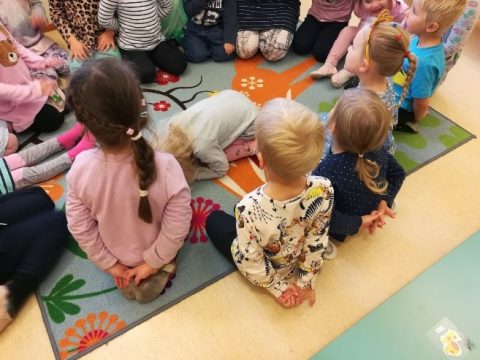 To start with, the idea to introduce different languages during the early years is not novel in Finland. Opportunity to learn other than Finnish language has been an option for decades. While the majority of day care centers and preschools are based on Finnish language, there are foreign language day care centers available in Swedish, English, French, German and a few other languages in several geographical locations. Usually they are meant for children who speak one of those languages as their primary (home) language. Such day care centers and preschools fully work in another language.
To start with, the idea to introduce different languages during the early years is not novel in Finland. Opportunity to learn other than Finnish language has been an option for decades. While the majority of day care centers and preschools are based on Finnish language, there are foreign language day care centers available in Swedish, English, French, German and a few other languages in several geographical locations. Usually they are meant for children who speak one of those languages as their primary (home) language. Such day care centers and preschools fully work in another language.
There are also several other options where children can get introduced to or learn another language. Bilingual day care centers and preschools operate through language immersion and bilingual programmes. Regular Finnish language day care centers and preschools make use of various schemes and methods too. The formats refer to many different approaches depending on the context and their own goals and principles: language enriched teaching, content and language integrated learning (CLIL), language nests (for instance, for endangered Sámi languages), language showers.
 Language shower programs are gaining more and more popularity since the initiation of the national language program reform that came along with the launch of the new Core Curriculum for Early Childhood Education and Care and the Core Curriculum for Pre-primary Education. Language showers aim to introduce various languages like English, Swedish, German, French, Spanish, Russian, Chinese, Japanese, Italian and several others. A short learning session about an hour of a play day, once a week, is conducted in a foreign language. Every eight weeks the language changes. The effect of providing wider language opportunities has been positive. For instance, the authorities of the City of Tampere state that
Language shower programs are gaining more and more popularity since the initiation of the national language program reform that came along with the launch of the new Core Curriculum for Early Childhood Education and Care and the Core Curriculum for Pre-primary Education. Language showers aim to introduce various languages like English, Swedish, German, French, Spanish, Russian, Chinese, Japanese, Italian and several others. A short learning session about an hour of a play day, once a week, is conducted in a foreign language. Every eight weeks the language changes. The effect of providing wider language opportunities has been positive. For instance, the authorities of the City of Tampere state that
one in three schoolchildren in the city’s educational system has chosen a language other than English as a first foreign language to start in the primary school.
Whatever the format is, a target language learning takes place through play, songs, rhymes, finger plays, physical movement, activating tasks and games – activities that children of early years naturally engage in and enjoy. It is crucial to integrate, not separate, language learning and action or making things. When several areas of the brain are activated simultaneously, children understand and retain information better.
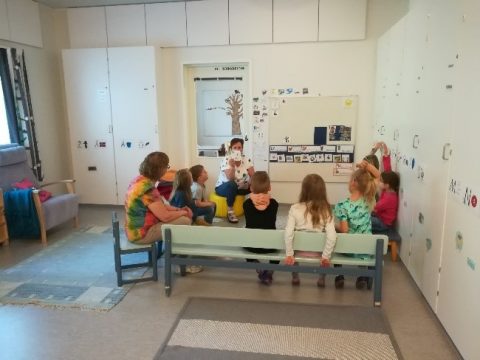 Introducing early language learning primarily focuses on promoting curiosity towards different languages and cultures, offering diverse experiences of a target language through activity-based methods, motivating children’s oral communication in everyday situations and supporting the joy of learning.
Introducing early language learning primarily focuses on promoting curiosity towards different languages and cultures, offering diverse experiences of a target language through activity-based methods, motivating children’s oral communication in everyday situations and supporting the joy of learning.
That being said, I also wanted to get first-hand information about what families and under school-aged children think of another language learning and how they experience it. So, I ran a small-scale survey among several families I have worked with in Tampere region day care centers and preschools. At this point, I would also like to express my appreciation of the fact that all families who joined in the survey discussed the related questions as a family by giving the voice to both the parents and their children.
The families said unanimously that learning a new language in early years is easy and rather effortless, and it takes place as if unnoticed – “a new language just sticks like glue”. Indeed, exposing to languages at an earlier age is intended to take advantage of the natural ease at which young children learn languages.
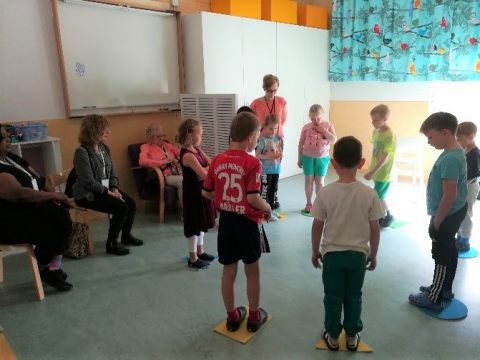 The parents also emphasised that learning languages is useful and beneficial in their children’s studies and working life in the future. This is why for some families it was a natural choice to place their child in a bilingual day care center and preschool. Other families have appreciated the format of language showers, where the child could hear different languages and their interest in language learning has been awaken.
The parents also emphasised that learning languages is useful and beneficial in their children’s studies and working life in the future. This is why for some families it was a natural choice to place their child in a bilingual day care center and preschool. Other families have appreciated the format of language showers, where the child could hear different languages and their interest in language learning has been awaken.
The families have also observed that language related to the interests of the child (various kinds of fun playful activities) as well as vocabulary and phrases of everyday routine situations are the things their children master first. No wonder, the children said how proud they were of themselves when they could order ice-cream and juice in a restaurant during their abroad travels or when they “taught” another language to their families at home.
One may sometimes hear a trivial concern that exposure to foreign languages in early childhood hinders the development of the primary (home) language. This however did not seem to bother the interviewed families. Learning may take different paths. Some children learn new words in a foreign language prior to their native language. Or, at first the child learns to understand a target language but may respond in their native language. Gradually, the child’s brain gets wired to switch languages according to the language of the person they speak to.
There is an ancient wisdom: To learn a language is to have one more window from which to look at the world. In addition to the ability to communicate in another language, the person is learning to think in that language too. Learning another language is therefore not only learning different words or grammar or proper articulation. It is learning another way of thinking about the same things. This is the superpower we want to equip our children with!
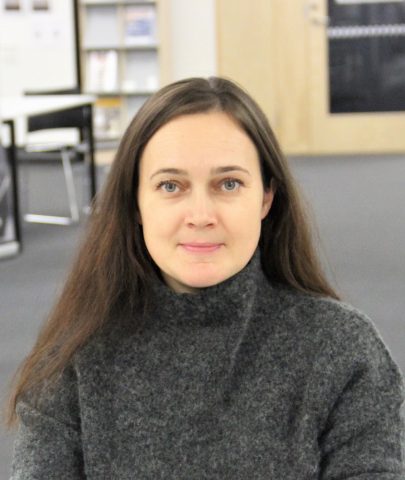
Elena Chukhlantseva
Early Childhood Education
and Care Specialist
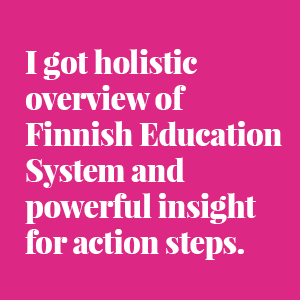
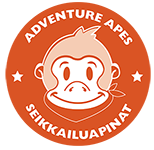
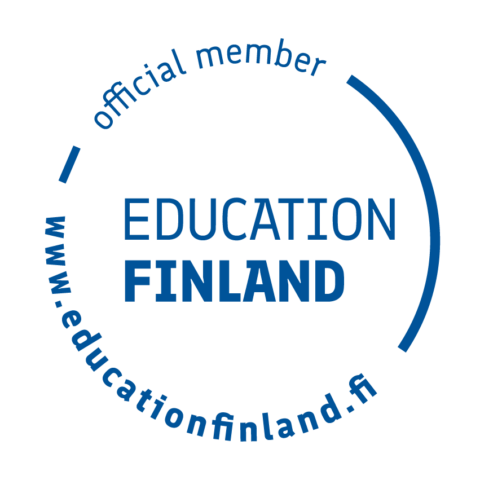
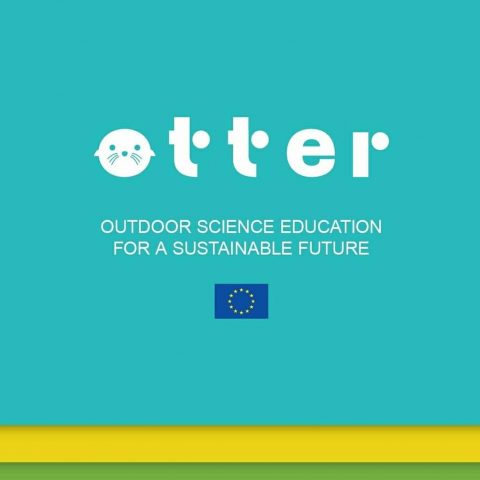

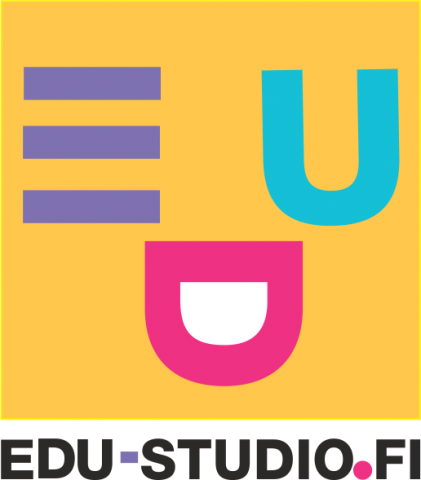

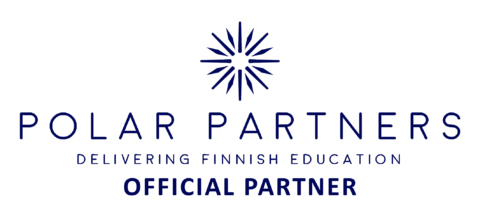
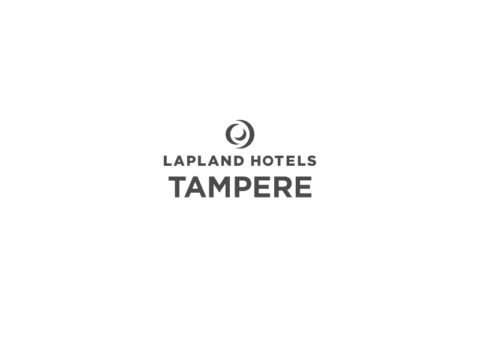
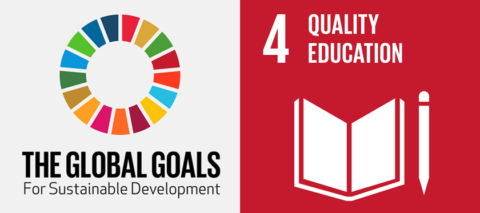

Follow us: